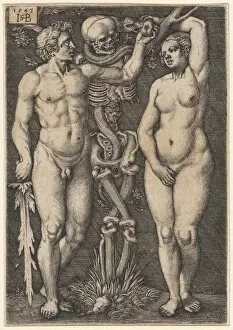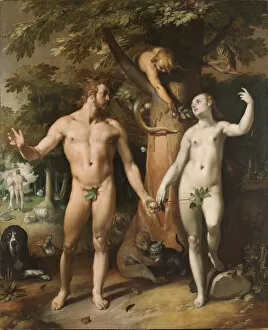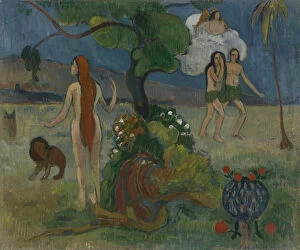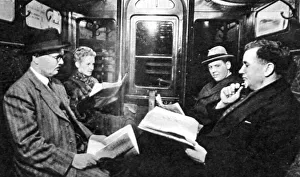Beguile Collection
"Beguile: The Timeless Temptation of Adam and Eve" In the realm of art, the captivating tale of Adam and Eve has been beguiling audiences for centuries
All Professionally Made to Order for Quick Shipping
"Beguile: The Timeless Temptation of Adam and Eve" In the realm of art, the captivating tale of Adam and Eve has been beguiling audiences for centuries. From 1543's intricate copperplate engraving to c. 1630's mesmerizing oil on copper panel, artists have sought to depict the fateful moment in Paradise when temptation took hold. One such portrayal is found in "Adam and Eve Eating the Forbidden Fruit, " a masterpiece from early 1460 that uses tempera to bring this biblical narrative to life. The vivid colors and meticulous details enthrall viewers as they witness humanity's downfall unfold before their eyes. Fast forward to 1592, where an oil on canvas titled "The Fall of Man" captures the essence of betrayal with its dramatic brushstrokes. This rendition delves deep into human nature, exploring how our desires can beguile us into making choices that lead us astray. Meanwhile, in 1517's oil on paper piece simply titled "Adam and Eve, " we see a more serene depiction. Here, tranquility envelops the couple as they enjoy their time together in Paradise before succumbing to temptation—a reminder that even paradise itself cannot shield us from allure. Moving ahead several centuries brings us to c. 1890's "Paradise Lost. " Painted with skillful strokes on canvas, this artwork encapsulates both beauty and sorrow as it portrays mankind's expulsion from Eden—an eternal consequence of being beguiled by forbidden knowledge. In contrast, 1616 presents another interpretation through "The Fall of Man, " an oil on canvas composition filled with raw emotion. It serves as a poignant reminder that no matter how hard we try to resist temptation, it can still find ways to beguile us if we let our guard down. Finally, we encounter Albrecht Dürer’s iconic engraving from 1504 aptly named "Adam and Eve.










